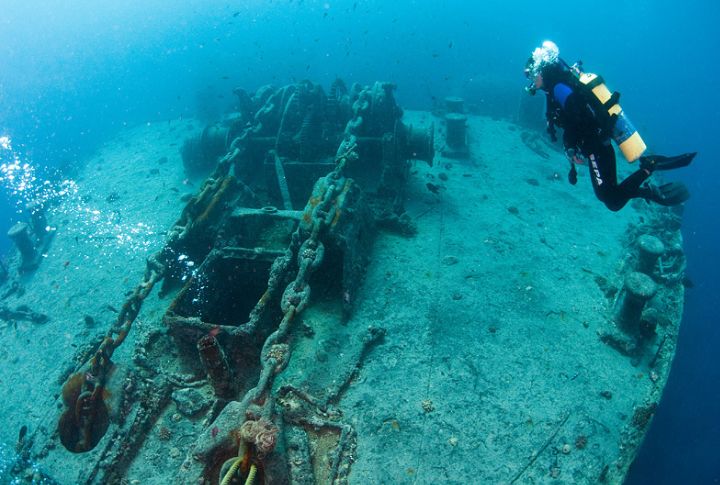
Shipwrecks in the deep sea preserve the chilling remains of forgotten lives. The tragedy of these 20 ships have mostly been forgotten by the waves of time. However, it is important to remember and learn from the past—from the people who were resilient in the face of adversity.
RMS Titanic
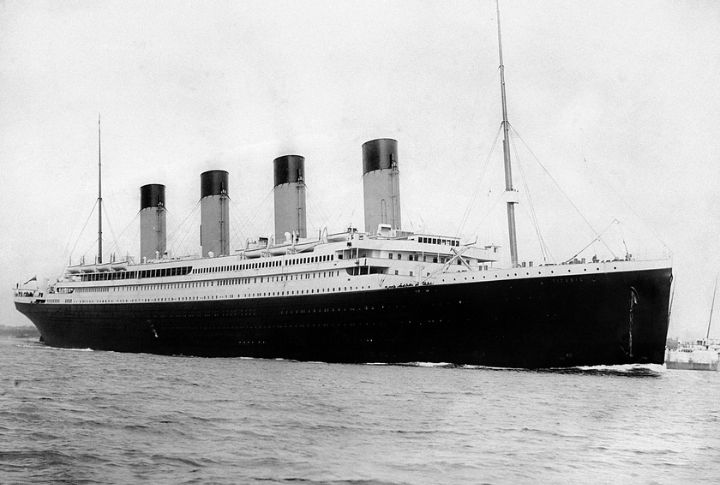
We all know this story. The RMS Titanic sank on April 15, 1912, during its first voyage after colliding with an iceberg. More than 1,500 passengers and crew perished, which makes it one of the deadliest maritime disasters. The wreck lies 12,500 feet deep and was found in 1985 in the Atlantic.
USS Arizona
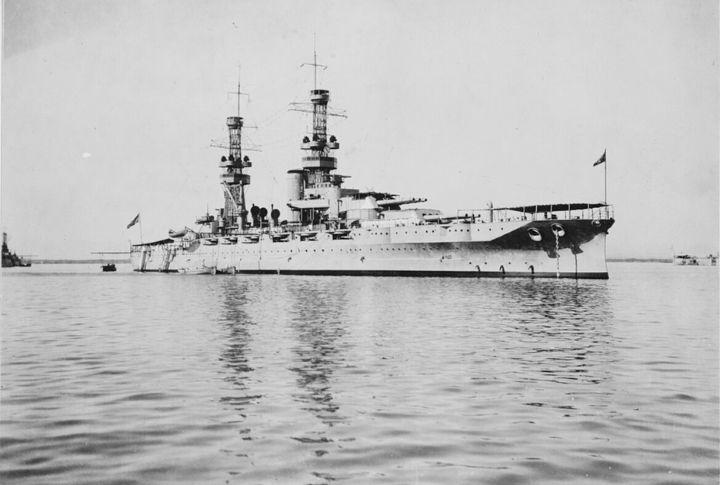
The USS Arizona was destroyed during the Pearl Harbor attack on December 7, 1941. Struck by the Japanese military, it exploded and sank within minutes, killing 1,177 crew members. Today, it rests as a war grave and memorial, with oil—symbolically known as “black tears”—still leaking from its submerged hull.
Mary Rose
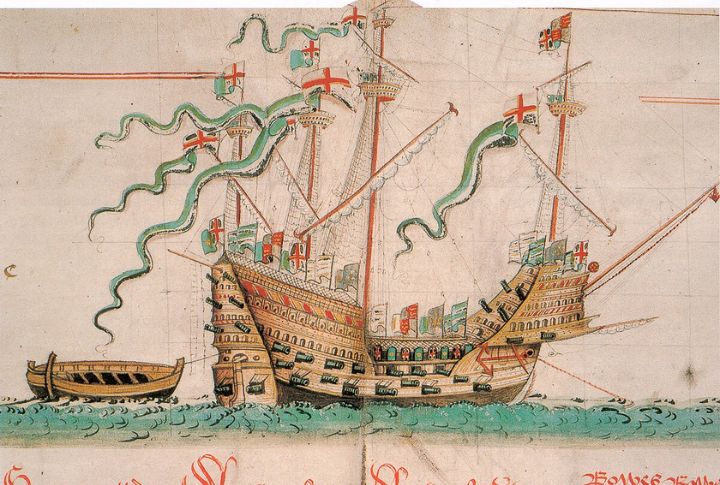
This Tudor warship sank during a naval battle in 1545 while leading England’s fleet. It was rediscovered in 1971 and raised in ’82. Remarkably preserved by silt, its wreck revealed skeletons along with thousands of artifacts, like weapons and tools. It provided insights into 16th-century naval warfare and daily life.
SS Edmund Fitzgerald
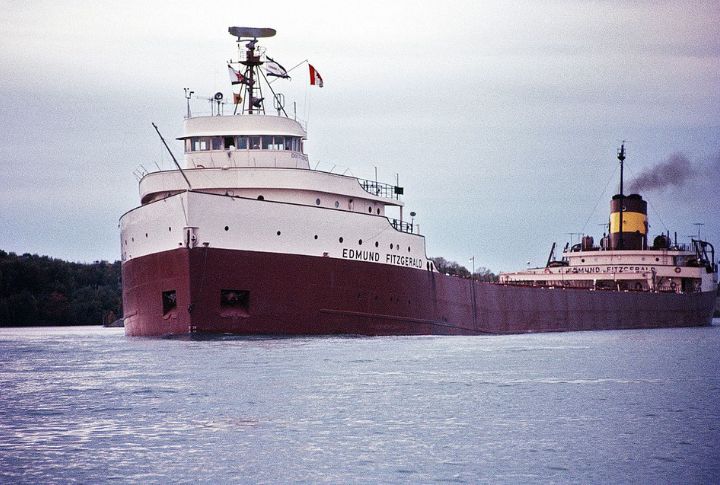
The SS Edmund Fitzgerald disappeared into Lake Superior during a terrible storm in 1975, and all 29 crew members were lost. The wreck was later discovered split in two on the lakebed. Its sinking inspired a ballad called “The Wreck of the Edmund Fitzgerald” by Gordon Lightfoot.
HMS Terror And HMS Erebus
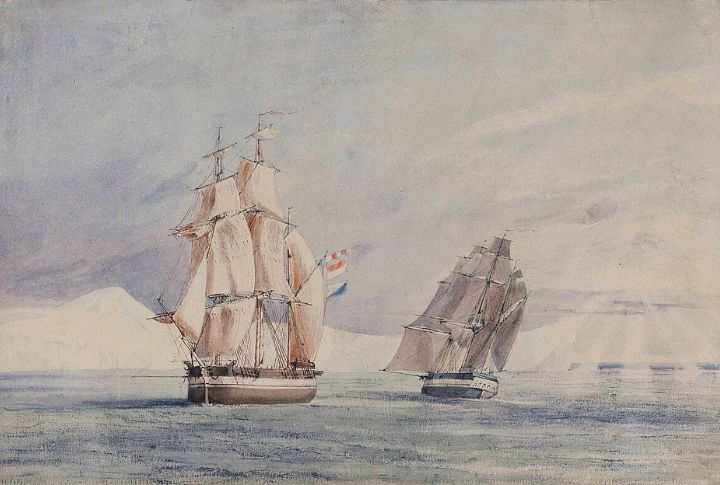
The ships of Franklin’s Arctic expedition, HMS Terror and HMS Erebus, vanished in 1845 while seeking the Northwest Passage. Found in 2014 and 2016, their well-preserved remains lie trapped in icy waters. Evidence from Inuit oral histories and recovered items suggests the crew suffered starvation, scurvy, and hypothermia.
SS Andrea Doria
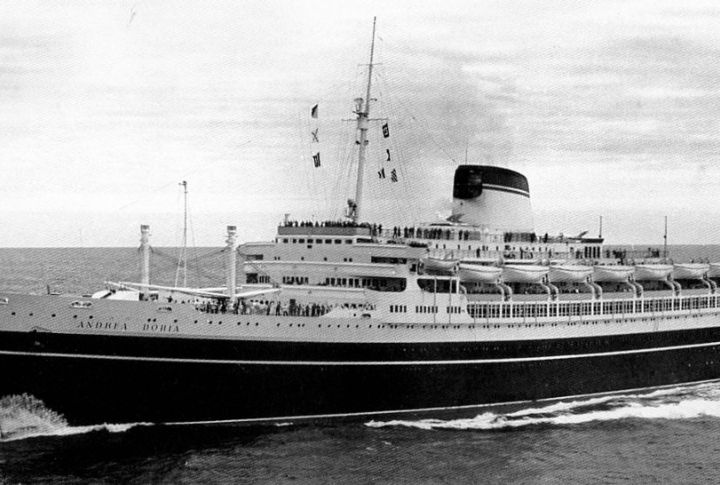
The SS Andrea Doria sank in 1956 after colliding with the MS Stockholm in dense fog off the coast of Massachusetts. Fifty-one lives were lost, but its luxurious interiors and personal belongings remain eerily preserved within its deteriorating hull. The wreck has become a dangerous yet iconic dive site.
RMS Lusitania
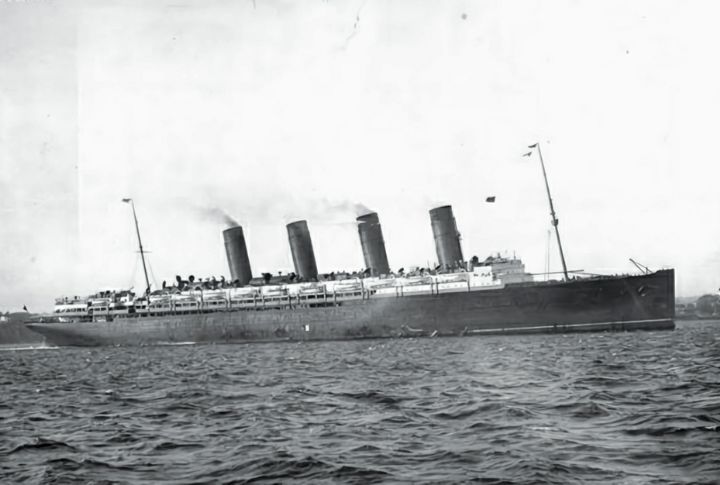
The RMS Lusitania was charged by a German U-boat off the Irish coast, killing nearly 1,200 passengers and crew on May 7, 1915. This attack shocked the world and hastened the United States’ entry into WWI. The wreck contains munitions, which sparked debate about its role as a civilian vessel.
SS Thistlegorm
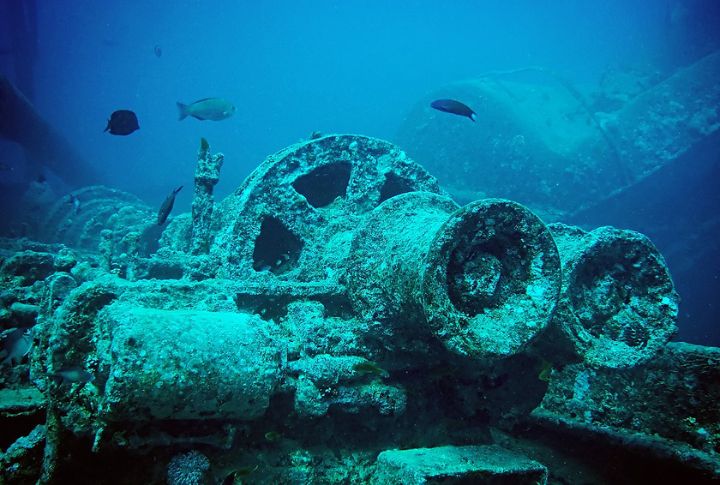
Another one sunken by German troops was the SS Thistlegorm, a British merchant ship carrying war supplies. Its cargo of motorcycles, tanks, and other ammo remains intact on the seabed near the Red Sea. This wreck is another one of the world’s most famous dive sites.
HMS Victory

This ship’s loss marked a devastating blow to Britain’s naval fleet during the Age of Sail. The original HMS Victory was lost during a storm in 1744 and sank with 1,100 sailors aboard. In 2008, it was rediscovered, and the wreck was found to contain artifacts and rumored treasure, including gold coins.
SS Yongala
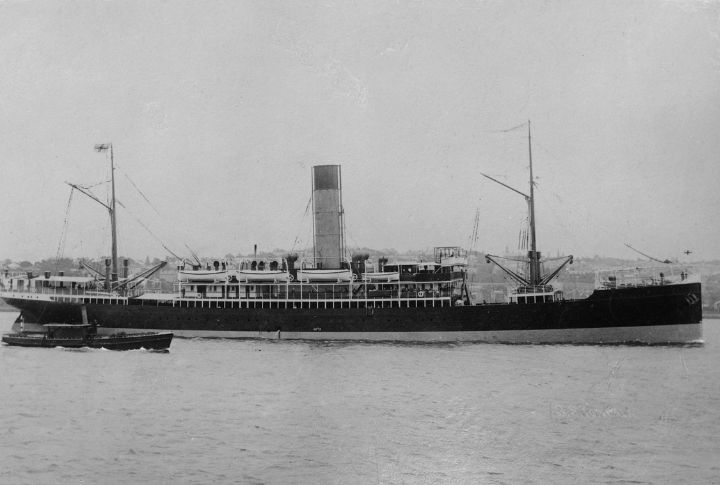
The SS Yongala’s wreck is now one of the world’s best-preserved artificial reefs, which attracts abundant marine life. It disappeared in 1911 during a cyclone off Australia’s coast and was found in 1958. No survivors were found, and the wreck has since become a top diving destination for those who visit.
HMS Pandora
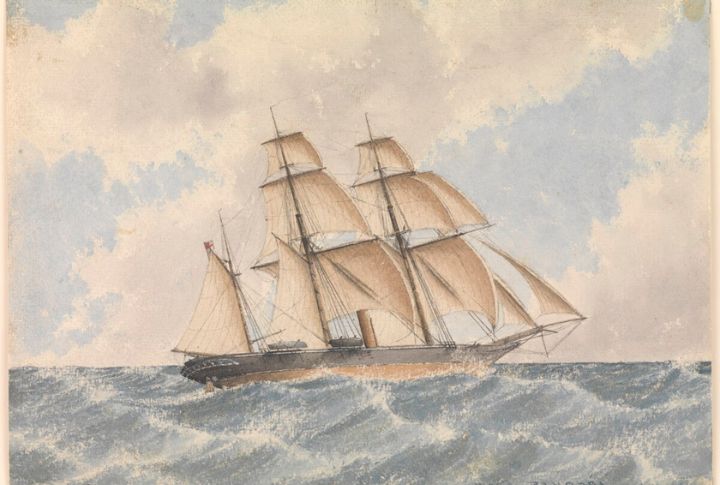
In 1791, HMS Pandora sank while returning to Britain with mutineers from the Bounty on board. The ship hit a reef near Australia’s Great Barrier Reef and sank, claiming 35 crew and prisoners. When it was rediscovered in 1977, the wreck revealed shackles, which tells us how the Royal Navy punished mutiny.
Antikythera Shipwreck
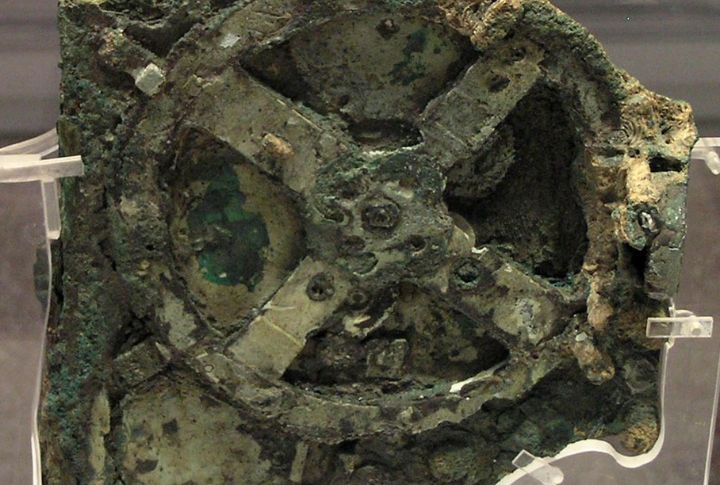
The Antikythera wreck is an ancient Roman vessel that yielded priceless artifacts that was discovered in 1900. This includes the Antikythera Mechanism, the world’s oldest known analog computer. Other finds were statues and jewelry, which provided a glimpse into Roman trade and technology. The ship sank in the first century BCE near Greece.
Whydah Gally
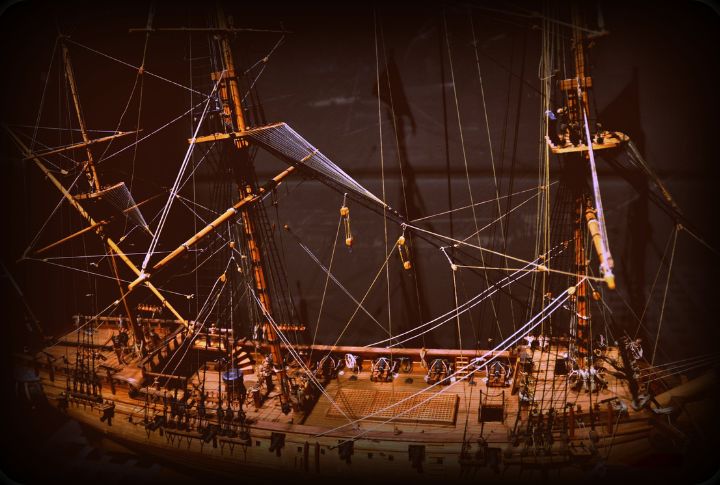
The Whydah Gally, a pirate ship captained by Samuel Bellamy, sank in 1717 off Cape Cod during a storm. In 1984, its wreck was found along with gold, silver, jewels, and weapons looted from more than 50 captured vessels. It remains the only authenticated pirate shipwreck to date.
SS Valencia
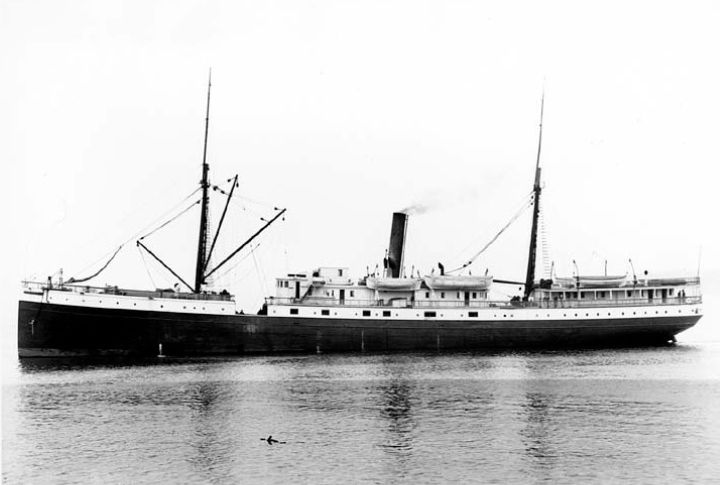
Although it was discovered in 2001, legal disputes have prevented full exploration of the HMS Sussex. The ship sank in 1694 during a storm near Gibraltar while carrying an alleged fortune in gold coins intended for war payments. The treasure it might contain could have significant economic and historical implications.
HMS Sussex
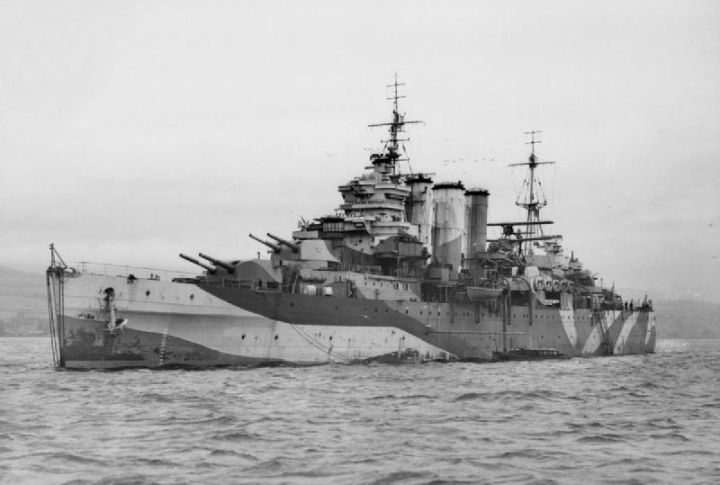
Although it was discovered in 2001, legal disputes have prevented full exploration of the HMS Sussex. The ship sank in 1694 during a storm near Gibraltar while carrying an alleged fortune in gold coins intended for war payments. The treasure it might contain could have significant economic and historical implications.
MV Wilhelm Gustloff
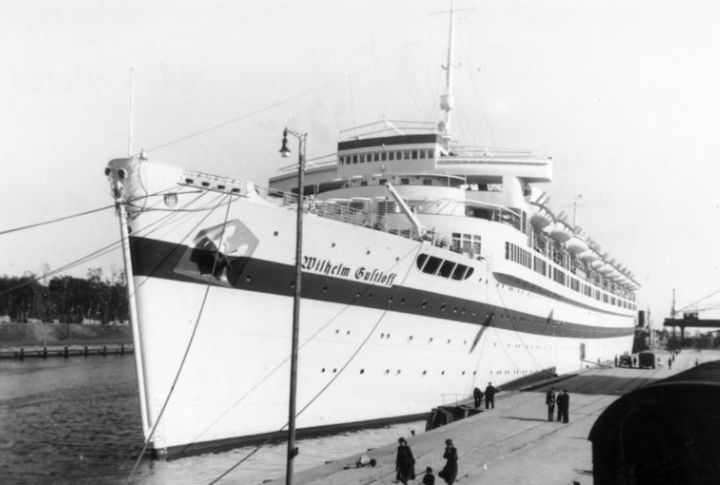
When the MV Wilhelm Gustloff sank on January 30, 1945, it resulted in the deaths of over 9,000 people, mostly refugees fleeing East Prussia. Torpedoed by a Soviet submarine, it is the deadliest maritime disaster in history. The ship’s remains now rest at the bottom of the Baltic Sea, virtually untouched.
Batavia
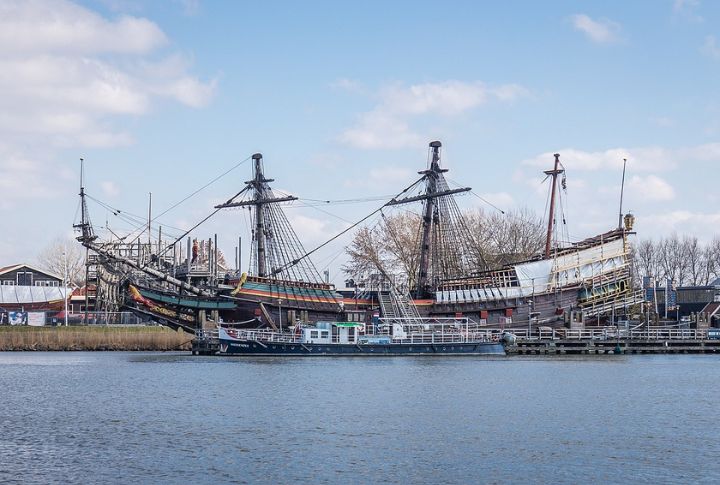
In 1629, the Dutch East India Company’s Batavia wrecked off the coast of Australia. After the ship fell apart, around 350 found refuge on neighboring islands. However, only 122 came back home to Batavia (present-day Jakarta) due to mutiny and ruthless killings by Jeronimus Cornelisz, one of the officials.
Queen Anne’s Revenge
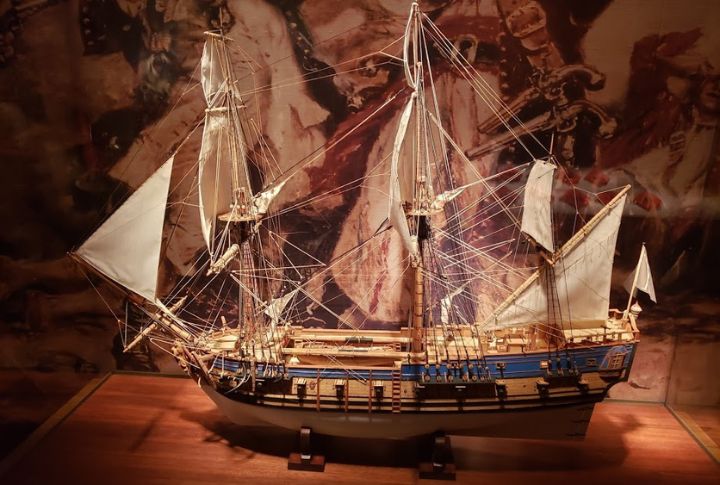
Blackbeard’s flagship, Queen Anne’s Revenge, ran aground off the coast of North Carolina in 1718. Its wreck, discovered in 1996, contained cannons, medical tools, a massive anchor, and gold dust. These findings tell us more about pirate life during the Golden Age of Piracy and Blackbeard (one of history’s most notorious figures).
SS Central America
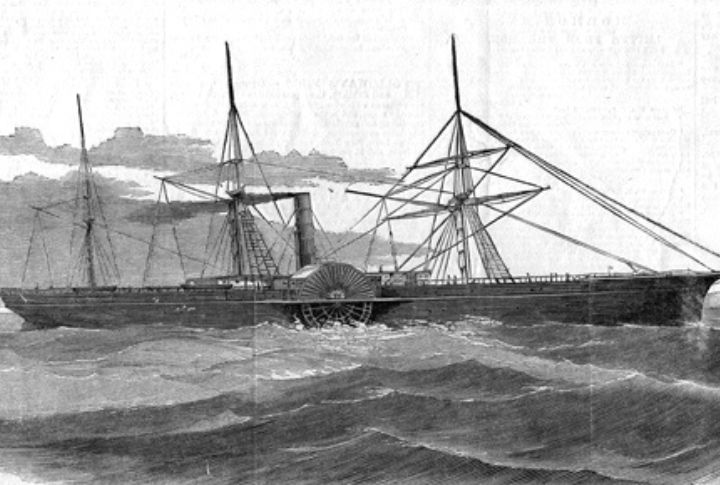
The SS Central America, known as the “Ship of Gold,” sank in 1857 during a hurricane while carrying California Gold Rush treasure. Over 425 people perished. Its wreck was discovered in 1988, and millions of dollars in gold were recovered. The exact value is around $100–150 million!
General Slocum
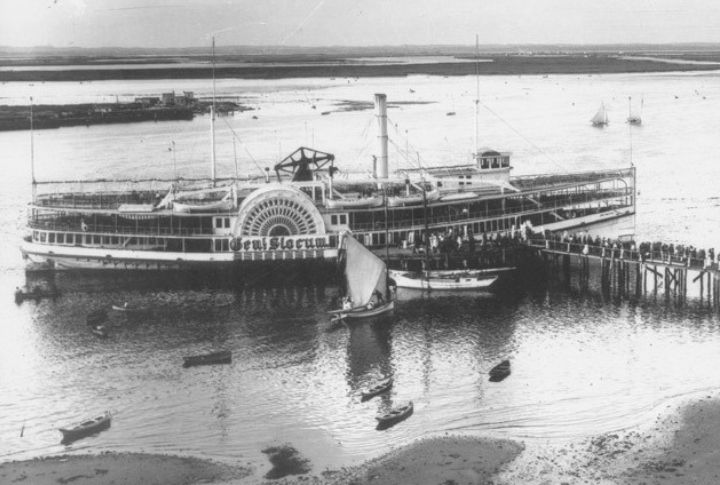
This passenger steamboat caught fire in New York’s East River in 1904, killing over 1,000 people—mostly women and children. General Slocum was riddled with poor safety standards, such as rotten life jackets, which contributed to the high death toll. Its remains are a haunting reminder that could’ve been avoided.
